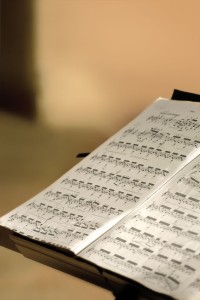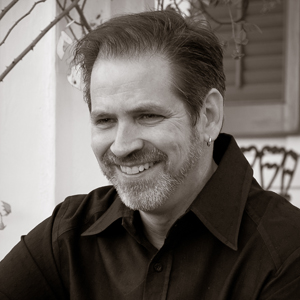 Two kinds of practicing
Two kinds of practicing
When working on a passage of music, it seems like there can be two different mental states we can assume. The first, a focused, precise, detail-oriented one, is probably the typical one we think of when we think of the idea of “practice.” Indeed, this is the kind of concentration we cultivate when learning new things, and it is very effective. Within this state, many of the principles we discussed in our previous series on practice are employed, such as repetition, isolating problems, correcting technical issues and strengthening our muscle memory.
There is, however, another kind of practice that is absolutely necessary for getting our music performance-ready. I call this “from the hip.” In this mode, we experiment with what happens when we just “go” and play as if we were comfortable and confident. (even though we probably aren’t) In this state, we are cultivating flow and confidence, but more importantly, we are learning what happens when we “let go” a bit.
Of course, what happens when we do “lower our guard” is all kinds of mistakes, possibly even a complete train-wreck. While this seems like a losing proposition, it is not. The reason it is useful is that the nature of the mistakes we make in this mind-state will completely different than those we make during concentrated practice. This information about what our hands “want to do” versus what we need them to do is enormously valuable.
It’s also important to realize that this flow-state is much more akin to a live performance than the meticulous, thoughtful practice mode. We must spend time in this area to be prepared.
Meet in the middle
Once we develop our ability to practice in these two ways, it’s important to learn how to use them together to make our playing both accurate and confident. In general, the meticulous practice method needs to occupy the majority of our time, punctuated by interludes of “letting go.” This will allow us to learn the music thoroughly and correctly, but also give us a chance to experience how it feels to perform it, and learn from that experience, including the mistakes and memory-lapses that may occur.
The objective is to alternate these two approaches, eventually meeting in the middle; the different types of errors and thoughts that take place will eventually work themselves out, and we will be performance-ready.
Things to consider
- Until the music is at least somewhat playable, there isn’t much point in attempting to “let go.” it is likely to be a mess, and we may become discouraged.
- Playing “from the hip” is by nature imperfect, and we are looking for the pathways leading to errors, in order to redirect.
- We perform best in the flow-state. Practicing only in a meticulous way will not preview that experience, so new unexpected mistakes will be “lurking.”
- The flow-state is not to be confused with daydreaming or spacing out. It is rather a way of being “in the moment” in a relaxed, confident way.
- The goal of all this is to bring the two approaches toward each other, eventually leading to both control and relaxed confidence.

